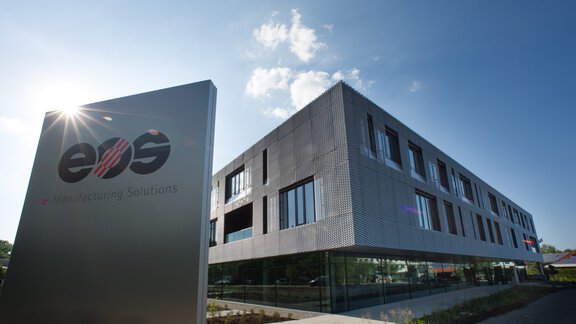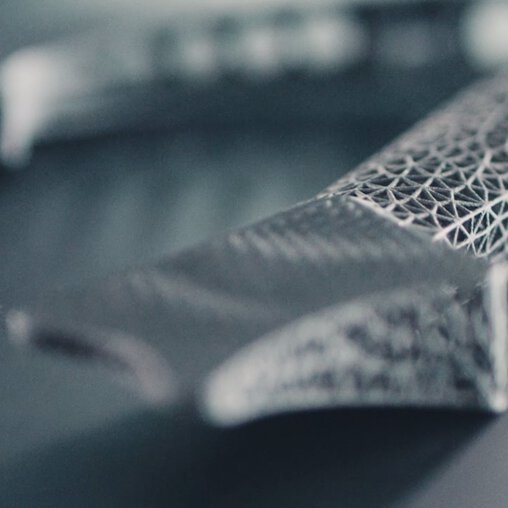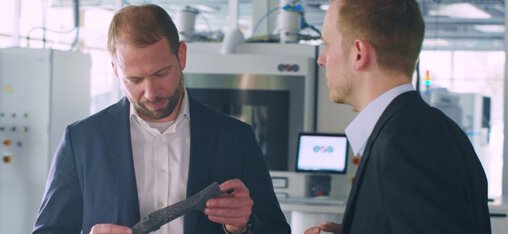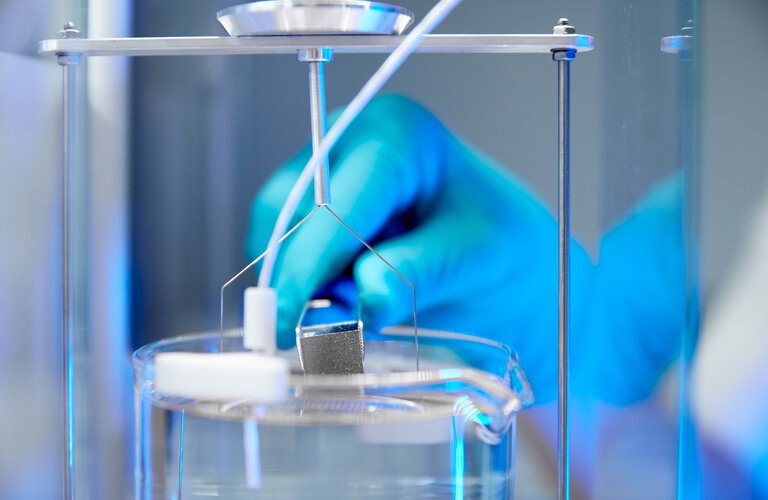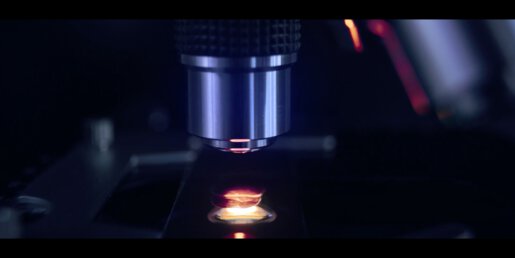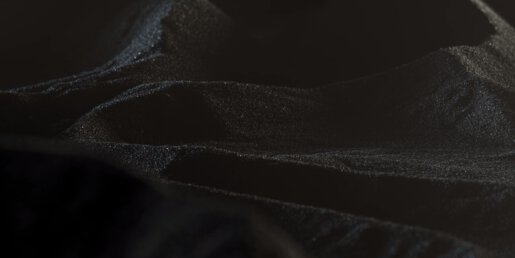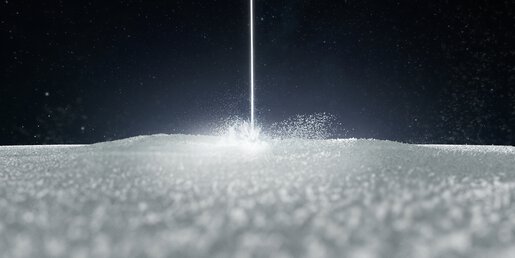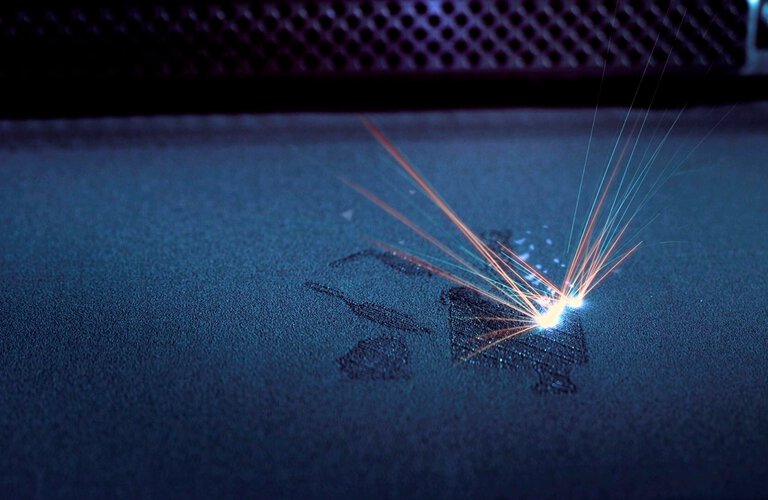We continuously control the quality of every part at every process step in the value chain and have obtained product certifications and validations to prove this. The objective of our quality policy is to identify current customer needs and recognize future market requirements at an early stage so we can meet them with appropriate organization, technical and economic means.
Our joint development and multilateral coordination between the three elements (system, material and process) draw from 30 years of experience. In this way, we create the conditions for uniform, repeatable and reliable part properties. The result? Unsurpassed part quality. With comprehensive quality assurance measures in all three areas, EOS has established an integrated quality approach for series production.
1. EOS system quality assurance
We manufacture fixed, predefined reference objects that are checked against all decisive criteria, including mechanical properties such as tensile strength, elongation at break, porosity and surface quality.The corresponding tests are conducted using common DIN and ISO standards. Finally, a comprehensive check of all system components rounds off the EOS machine acceptance process.
2. EOS material quality testing
Each batch of raw powder is checked in terms of chemical properties and uniform particle size distribution using various test procedures - which is especially important in additive manufacturing.
The second quality check is performed with density cubes and tension rods. These objects are manufactured from each powder batch according to fixed criteria and then analyzed. Further processing and packaging into a range of large product units only occurs after both testing processes have been successful. All testing and processing steps are performed in class 9 cleanrooms.
EOS 3D printing materials in terms of TRLs
We classify the technological maturity of all our polymer and metal materials and processes using Technology Readiness Levels (TRLs). The TRL approach was developed by NASA and is well-established in many industries.
3. Verified and secured parameters
At EOS, all parameters required to achieve specific chemical properties or part properties, such as laser power or layer thickness, draw from more than 30 years of experience and extensive testing series.
Intensive coordination with hardware development teams and material suppliers allows cross-cutting optimization potentials to be exploited. This approach also opens a valuable integrated perspective that encompasses all three fundamental quality factors: system, material and process.
In this way, the optimal combination of parameters is determined when developing a specific product property. This is made available in the system as a secured parameter set. The corresponding material data sheet describes the material properties achievable with each parameter set in more detail.
Quality Management at EOS Systematic & Certified
Besides processes, systems and products, EOS quality management focuses on further developing and improving the entire organization by taking advantage of the best available methods. This unfolds in partnership with the relevant departments, branches and partners. As a result, we can efficiently meet our customers’ specifications while complying with legal requirements.
Key certifications document and demonstrate this claim:
- EOS GmbH: Certified according to ISO 14001. Certified according to ISO 9001 for the development, manufacturing, sales and servicing of additive manufacturing systems and solutions with laser sintering technology since 1998.
- EOS Finland Oy: Our center for the development, manufacturing and sales of metal materials and processes for EOS metal systems is in Finland. Our Finland branch is certified according to ISO 9001 and ISO 13485 standards.
- KVS GmbH: KVS is part of EOS Holding GmbH as a manufacturer and supplier of plastic powders for additive manufacturing. KVS is certified according to ISO 9001 for the development, production, testing and distribution of polyamide powders and mixes.
- We have product certifications and validations (IQ, OQ, PQ) for every component of the additive manufacturing process. This includes customer-facing processes and finished parts, as well as regulatory certificates and registrations on global markets.
Download Now Whitepaper "Hands-on Quality"
In many industries, such as aerospace and medical technology, there are strict requirements for the qualification and certification of parts, materials and processes. Which quality requirements can EOS additive manufacturing meet?
Our whitepaper describes the quality assurance processes and standards fulfilled by EOS systems, processes and materials.
You will find answers to the following questions:
- What are the decisive factors of quality in additive manufacturing?
- How does EOS conduct quality assurance in product and process development?
- What are examples of useful standards in quality assurance?
